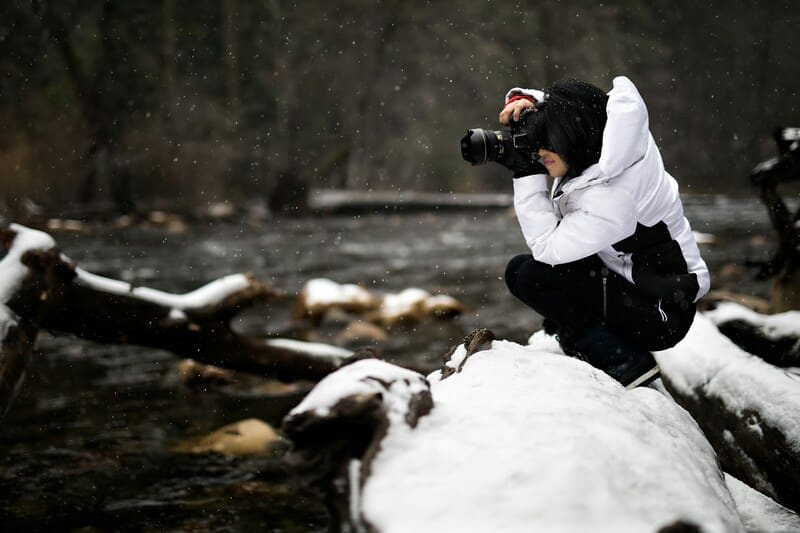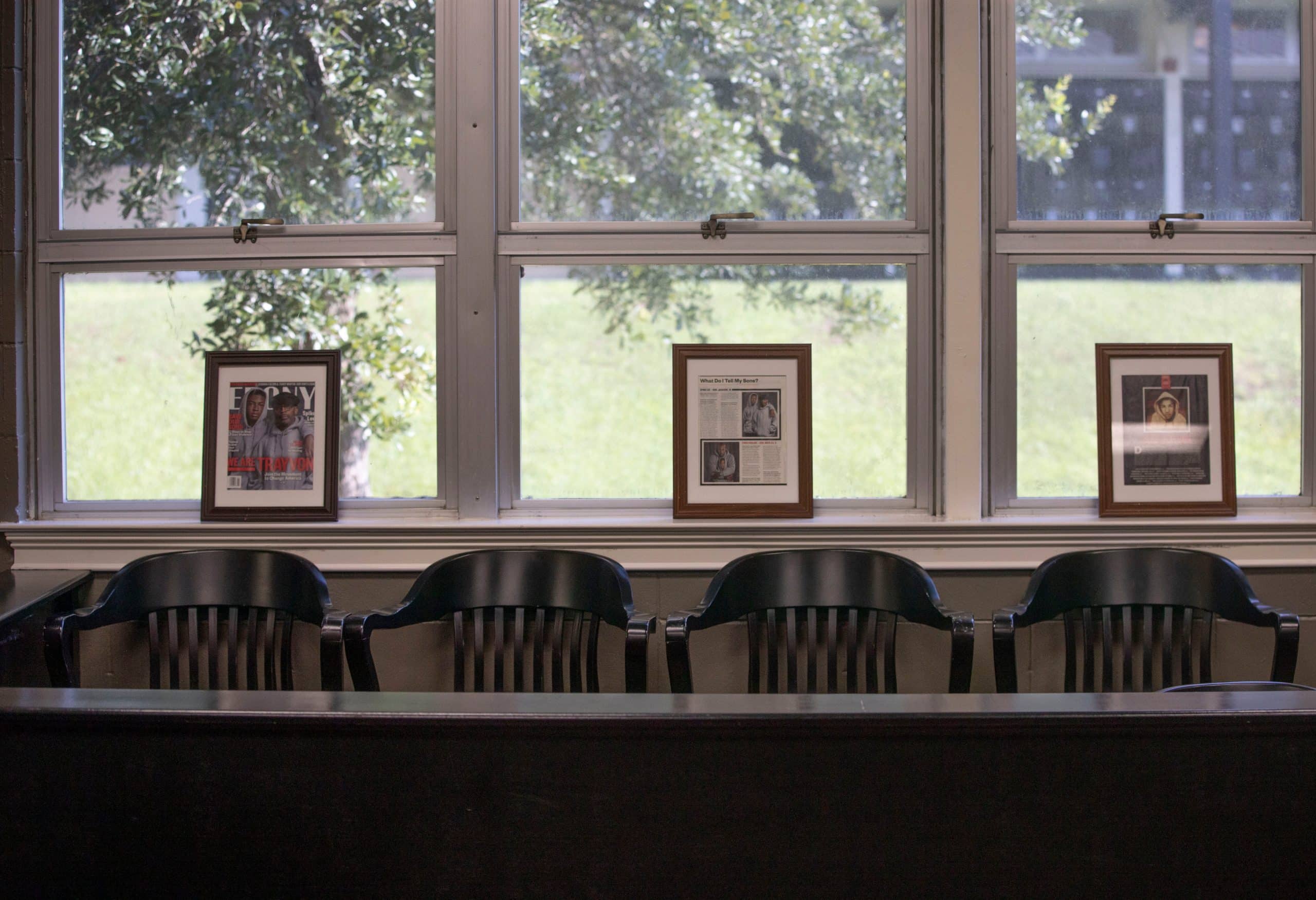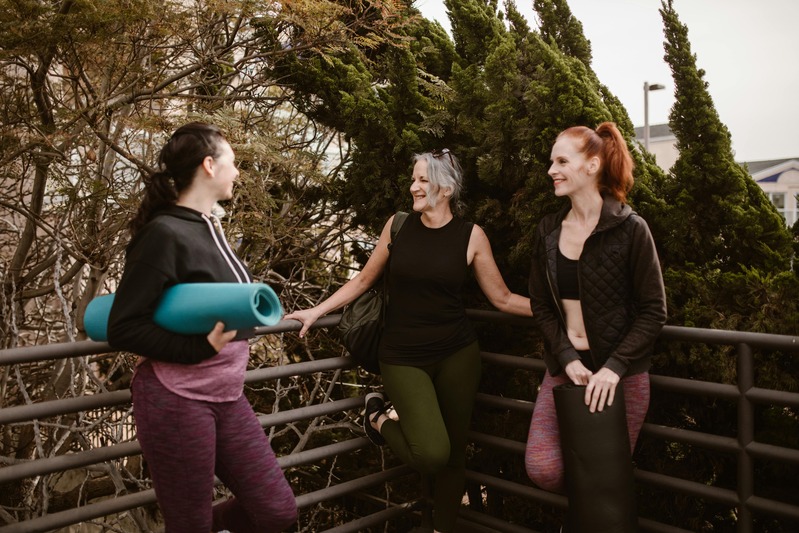Travel photography is all about capturing the essence of your journey, from the people you meet to the unique moments you experience. In this article, you’ll find practical, easy-to-follow tips to take your travel photography skills to the next level. From understanding your equipment to mastering composition techniques, you’ll learn how to capture shots that are not only visually stunning but also rich with meaning and emotion.
Understand Your Equipment Before You Travel
Whether you have a DSLR, mirrorless camera, or a smartphone, understanding how your equipment works is crucial for taking great travel photos. Each device has its own strengths, and knowing how to maximize them will help you capture the best shots. Learn the basics of your camera settings—ISO, aperture, and shutter speed. These three settings form the “exposure triangle” that controls how light or dark your photos are, how much depth they have, and how movement is captured.
Before you head out on your trip and do some travel photography, spend time getting comfortable with your camera. If you’re not used to manual mode, try experimenting with it at home. Most photographers stick with the automatic mode at the very beginning of their journey, and while this is a great option, the manual mode offers so much more creativity and control. Before your trip, practice in manual mode at home. Try taking photos in various lighting conditions and adjust the settings periodically to see how they impact your photos. The more familiar you are with your equipment, the less you’ll fumble with it when you need to quickly capture a photo.
Bringing the right gear is crucial for travel photography, but you don’t want to overpack. A few essentials include your camera, a versatile lens (like a zoom lens that can handle both wide shots and close-ups), a lightweight tripod, and extra batteries and memory cards. These basics will ensure you’re prepared for different scenarios, from nighttime cityscapes to fast-moving street scenes.
Composition Techniques for Stunning Photos
One of the first things you learn in photography is the rule of thirds. For those who don’t know, it’s a composition guideline that helps create well-composed images. It involves dividing the image into nine equal parts and placing the subject either along the lines or at the intersections. This technique creates balance and naturally draws the viewer’s eye to the subject.
Leading Lines
Leading lines are another effective composition technique for travel photography. They are lines in your photo that guide the viewer’s eye toward the main subject of the photo. The lines can be roads, pathways, bridges, or natural elements like rivers or tree branches. By using leading lines in your images you create a sense of depth and perspective.
Framing Your Subject
Framing your subject involves using features in the environment where you’re taking the photo to create a “frame” around your main subject. Natural features like archways, doorways, or overhanging branches can add depth to your composition and focus the viewer’s attention. For example, if you capture a person standing under a tree with branches arching overhead, you naturally draw the viewer’s eye toward that individual.
Use Reflections
Reflections can add an intriguing layer to your travel photography photos. Look for puddles after rain, windows, or mirrors that can create a captivating visual effect. The technique of using reflection can help emphasize the contrast between the subject and its environment. The best thing to do when utilizing reflections is to experiment with angles and perspectives.
Leverage Editing to Enhance Your Travel Photos
Editing can seem daunting but don’t let that stop you. When first starting, a lot of photographers avoid editing completely; while it’s understandable, it’s crazy how much of a difference one simple edit can make. You can start with some baby steps like making basic adjustments to the brightness, contrast, and cropping. Increasing brightness can bring out more details that may be hiding in shadows while adjusting contrast can add more depth to your images. Cropping, something I’m sure a lot of you are familiar with, can help refine and draw attention to the focal point.
It’s important to understand that while editing can improve your travel photography photos, it’s so important to not overdo it. Excessive use of filters or heavy saturation can cause your images to look unnatural. You want to find a balance that both enhances your photo and preserves its integrity. A common mistake many people make is adding too much color to their photos. Also known as oversaturating, this involves enhancing the reds, blues, and greens in photos to the point that everything looks fake.
Keep Safety and Respect in Mind
When traveling, staying vigilant and aware of your surroundings is essential for both your safety and your gear. Crowded tourist spots can attract pickpockets or opportunistic thieves. Keep your camera close and secure for travel photography, preferably in a crossbody bag or a backpack that zips closed. Be mindful of who is around you especially when setting up your shots. Always be sure to trust your instincts; if something feels off, it’s best to move to another location.
Respect Cultural Norms
It’s so important to respect cultural norms. Some locations, like religious sites and cultural ceremonies, have set rules when it comes to photography. For example, many temples and mosques prohibit flash photography, as it can disturb the atmosphere and the worshippers. It’s better to be safe than sorry if you’re unsure of the rules, always ask for permission before taking photos of people.
Leave No Trace
Practicing responsible tourism means minimizing your environmental impact when doing activities like travel photography. You’ve probably heard of the principle of “leave no trace,” but if you haven’t, it represents the importance of not disturbing the natural surroundings. When photographing wildlife, keep a safe distance and avoid feeding. In urban settings, be cautious not to litter or disrupt public spaces.
Wrapping Up
Travel photography is all about capturing the essence of your journey—the sights, moments, and emotions that make each trip unique. By preparing your gear, planning your shots, and using thoughtful composition, you can create photos that tell a story. Remember to stay safe, respect local customs, and keep your editing natural. With a bit of preparation and a lot of creativity, you’ll capture memories that last long after the trip ends.




